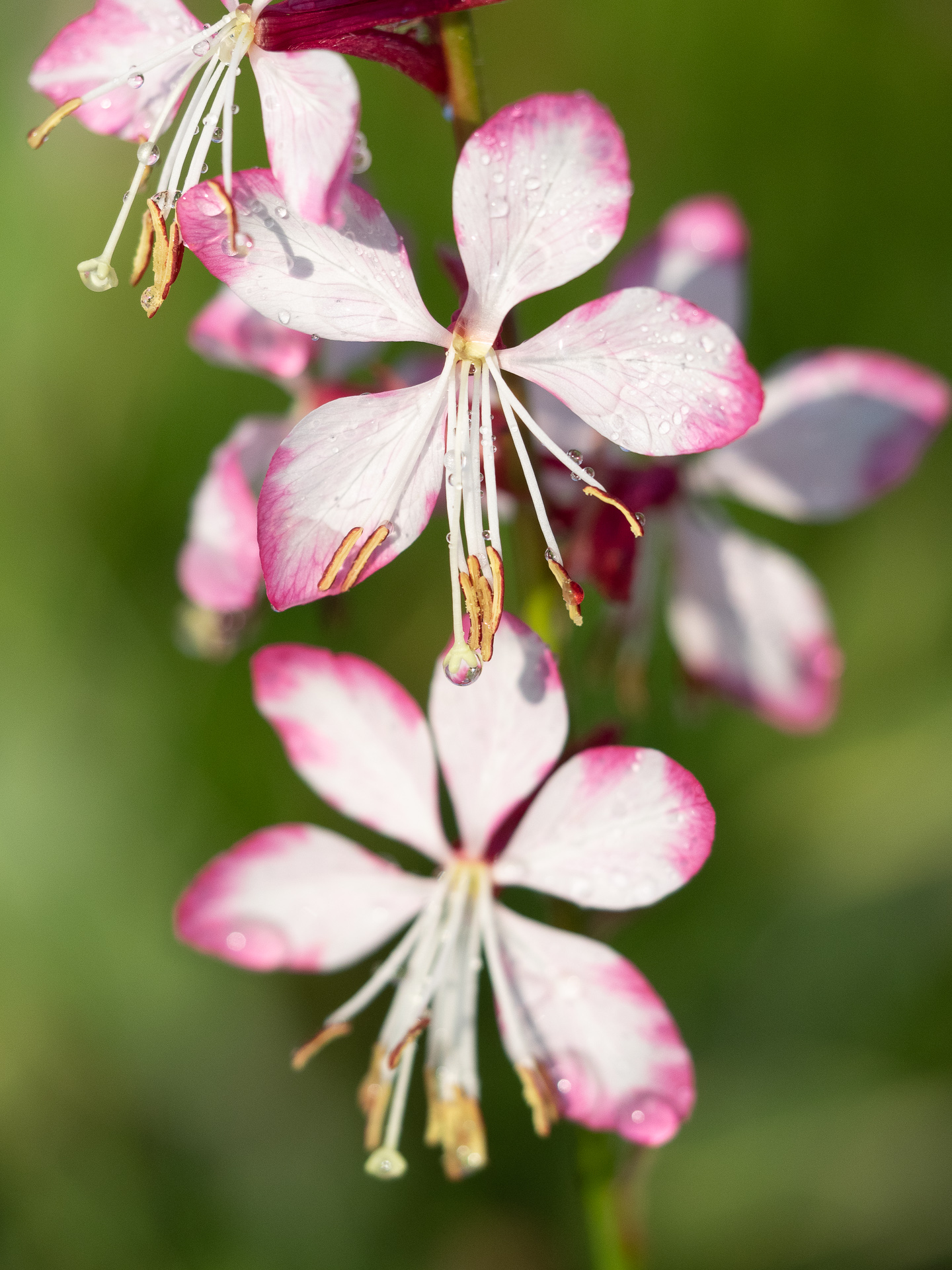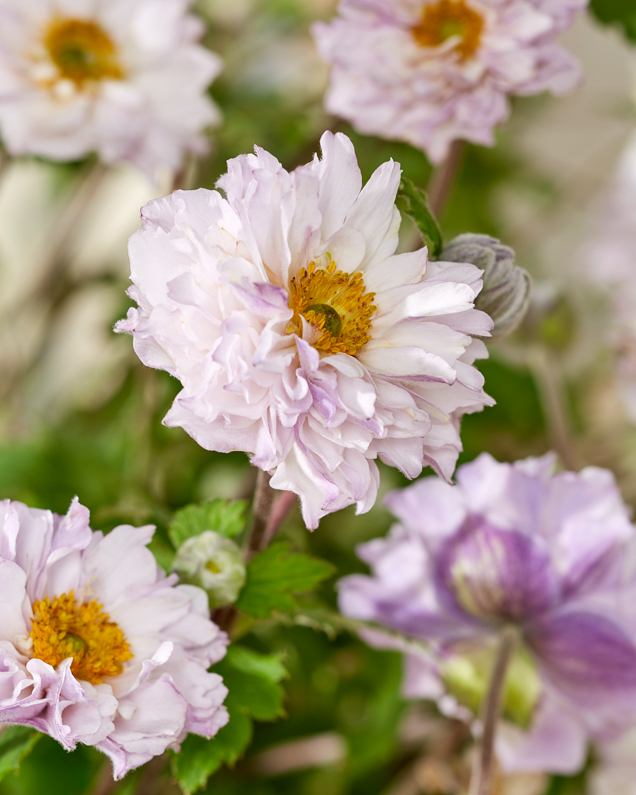Plant Breeding - How Hardy's Bring New Plants to Market
At Hardy’s we have two main ways of undertaking breeding or selecting new plants. The first way is to take two plants of the same family, remove any flowers and then place them together in isolation from other plants for them to be naturally pollinated by insects in the tunnel.
The numerous seed that is produced from the subsequent flowers is sown, germinated and pricked out into modules. The module plants are allowed to grow, any weak specimens or plants with poorly marked leaves are noted and discarded. In this way we can reduce from 300+ plants to around 50. The acceptable plugs are potted into 9cm pots and allowed to grow on to first flower. They are kept in this small size to reduce the amount of space used on the nursery. This is mainly done with the *Gaura varieties we breed here at Freefolk. From these 9cm pots we look at flower shape, leaf colour and stature, to choose maybe 3 as trial specimens.
This process can be completed within 1 season or can take as long as 18 months. Once chosen the 9cm plants are cut back, potted up and overwintered, to grow into mature plants. The following season they are looked at by various members of staff to assess whether they are different enough to other varieties on the market. If they are not good enough then the process begins all over again. However, if the plants are considered a good candidate, they are grown on to ensure they remain stable. Once the next generation of plants flower we then make the decision if the new plant will go onto the market as a Hardy’s variety with a PVR (Plant Varietal Right) or without depending on commerciality.
The second method for producing new plant material is through observation and finding ‘sports’ (shoots that have different characteristics to the main plant, commonly caused by mutation). These ‘sports’ are taken from the mother plant as a cutting or split, then isolated to produce a new plant and grown on to ascertain stability. Once we know it is stable we can use various types of propagation, always vegetative not from seed, as this will be the most consistent form. With Anemone ‘Frilly Knickers’ it was a sport from Anemone ‘Dreaming Swan’ which was cut from the main plant with some root and grown on to achieve a flowering plant.
In the second year it produced beautiful flowers so we took splits and root cuttings, to increase stock and to ensure it remained true. The plant will then be assigned a PVR for the EU and a Plant Patent for the USA.
This process began in 2015 with mass production from next year, through micro propagation, when Anemone ‘Frilly Knickers’ will be more widely available through garden centres.
*GAURA can now be found under the Genus OENOTHERA (edited January 2022)


